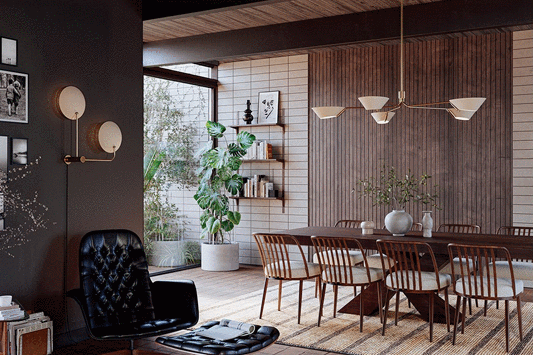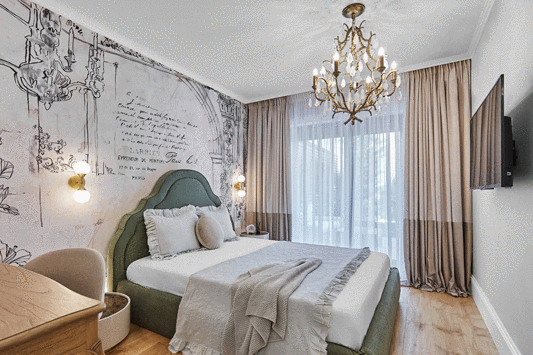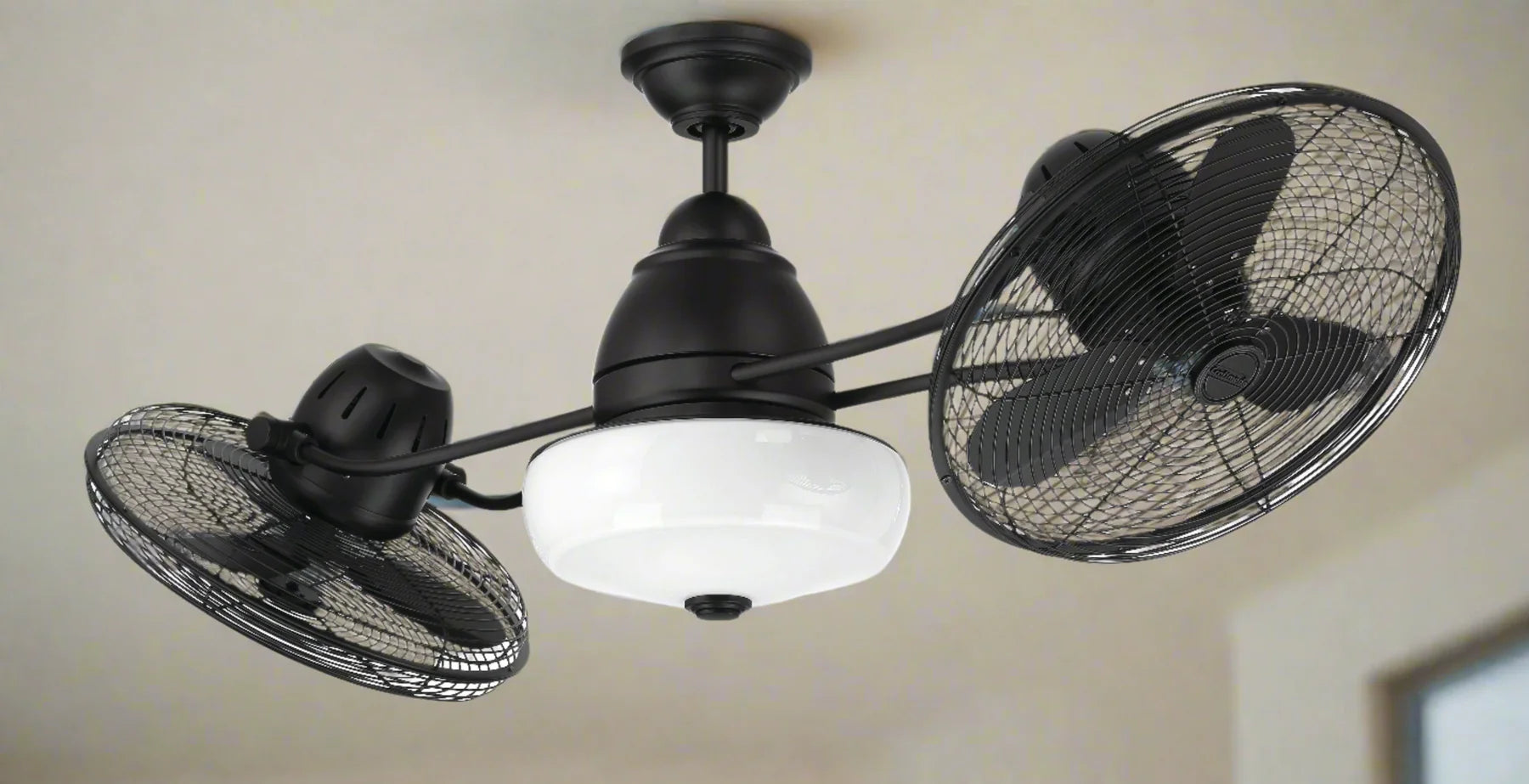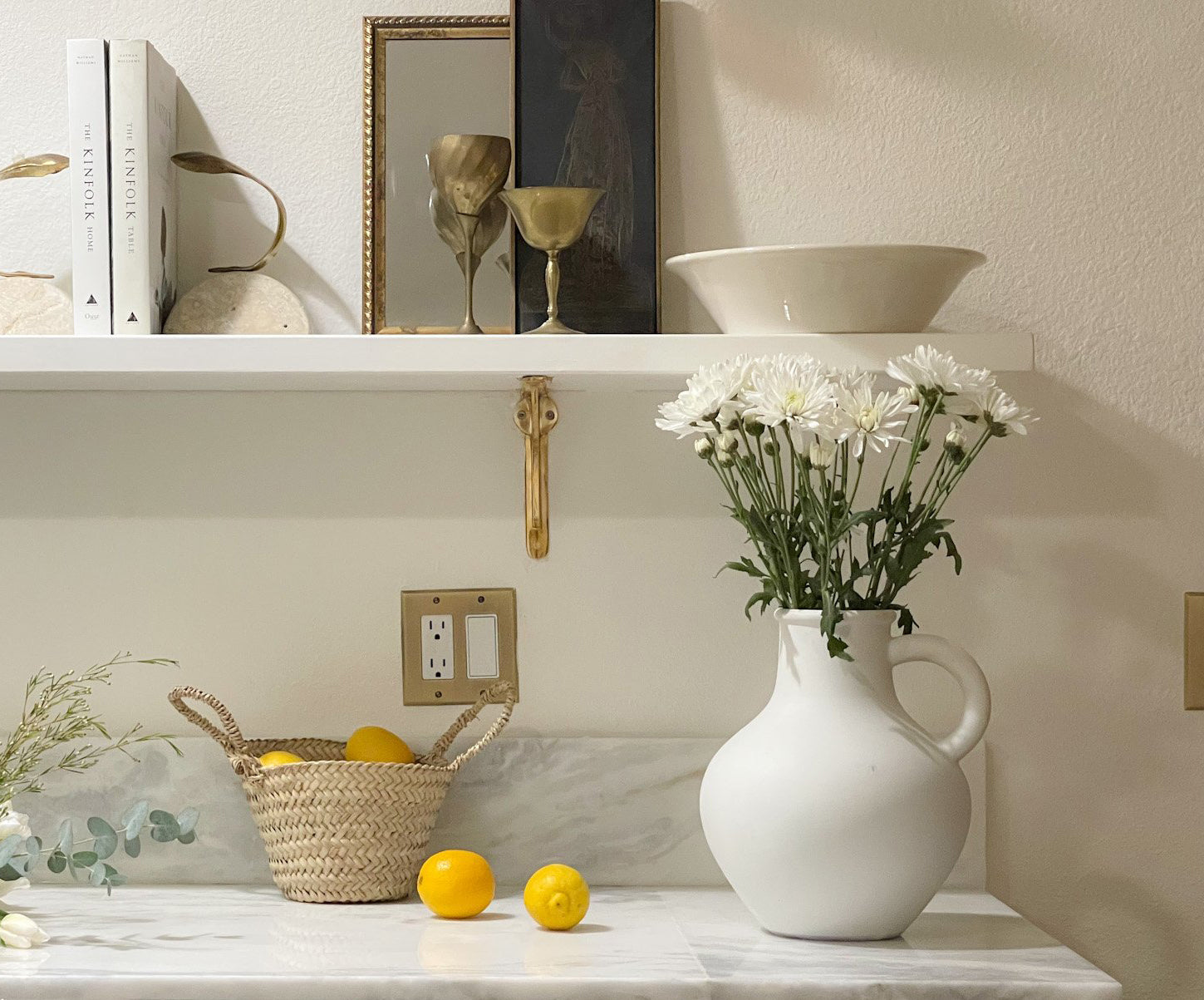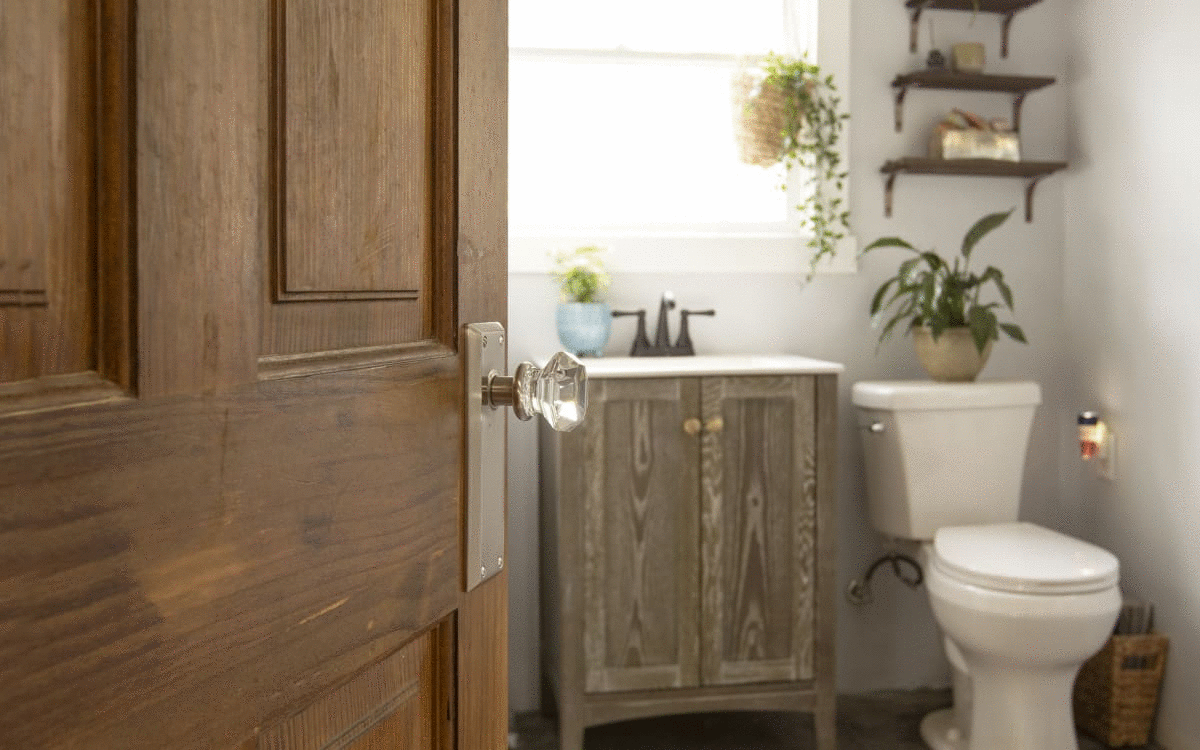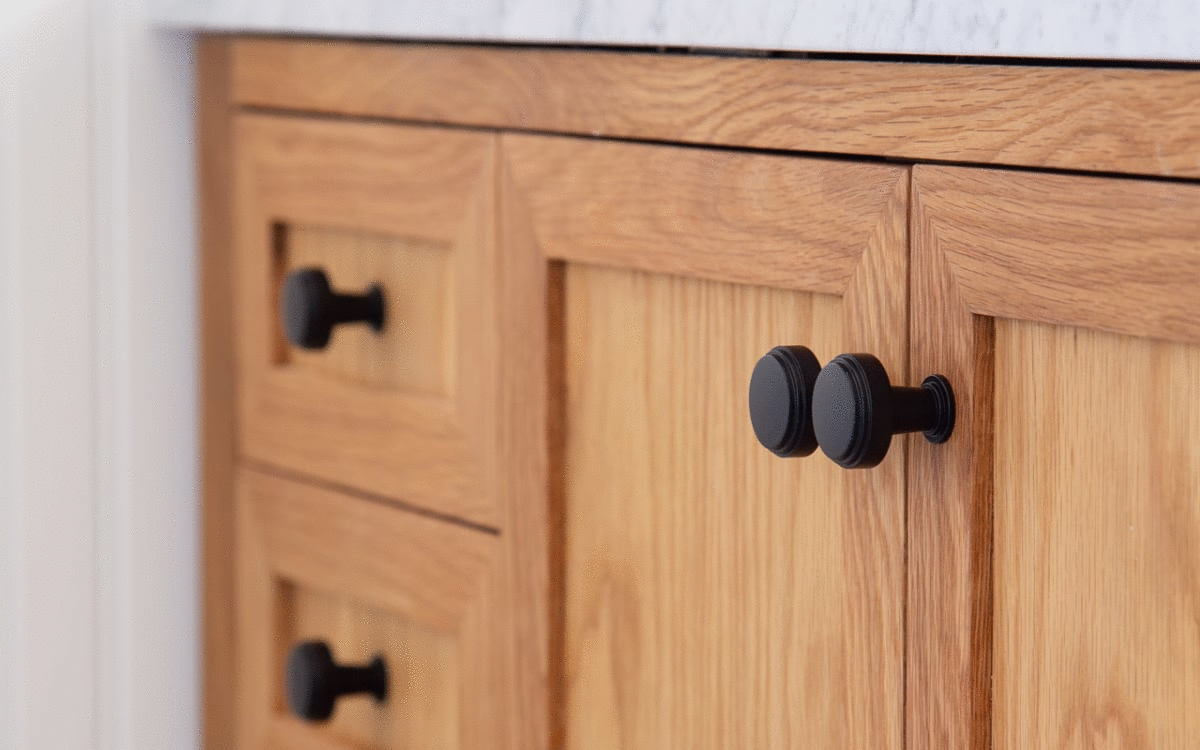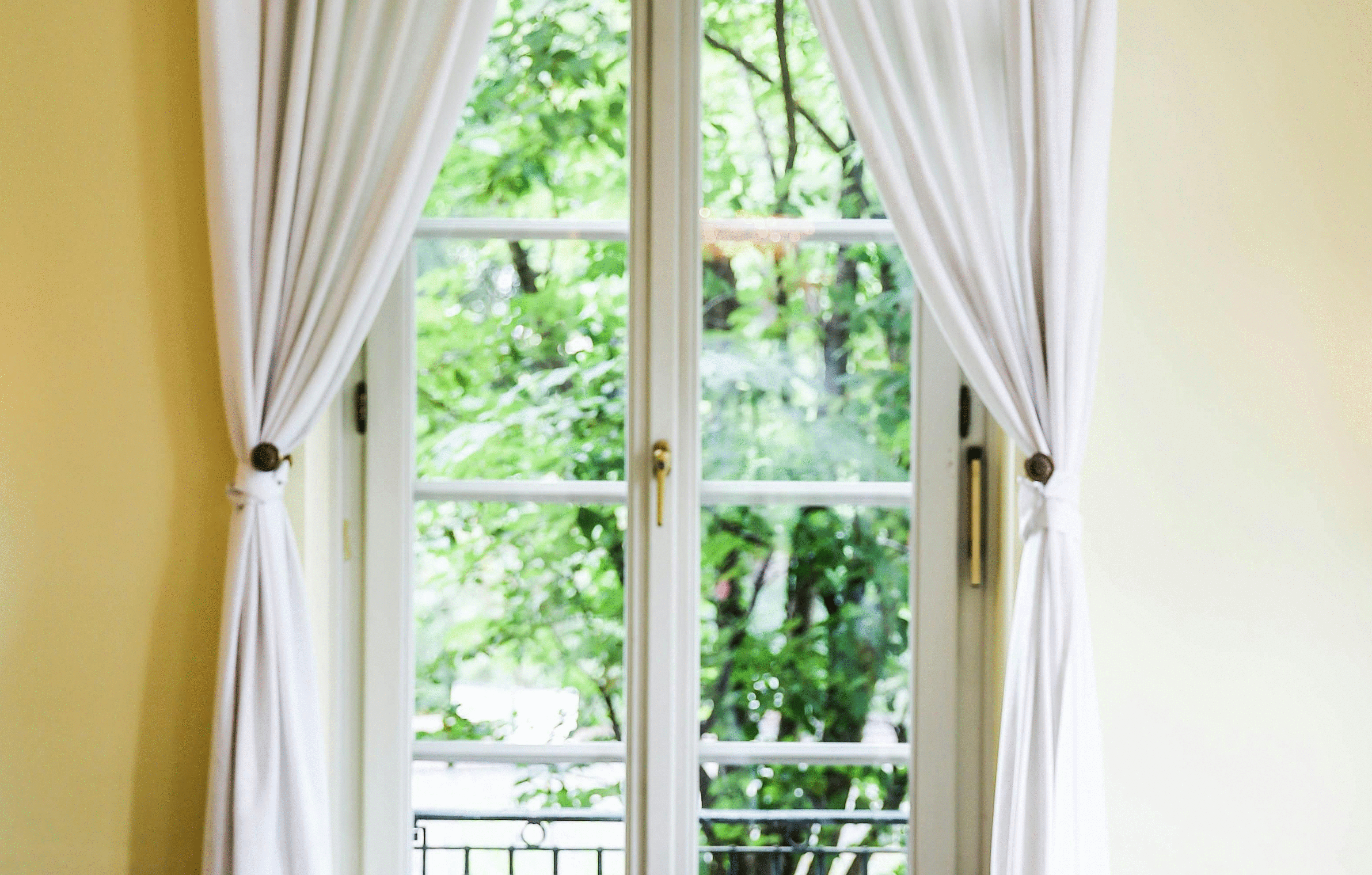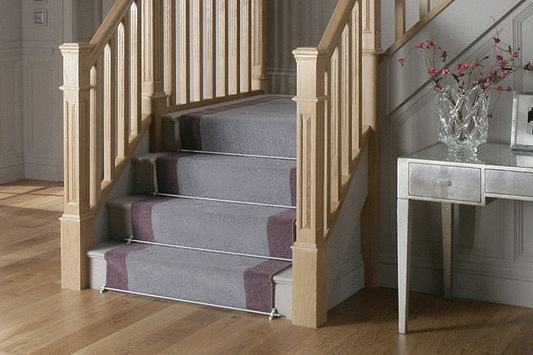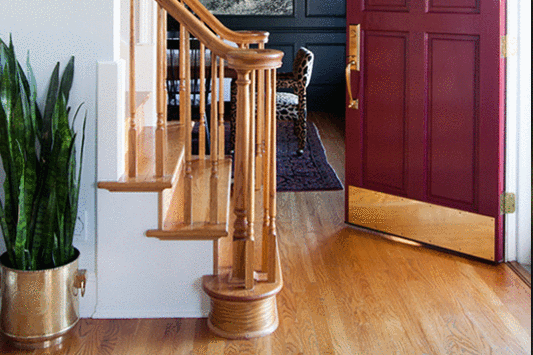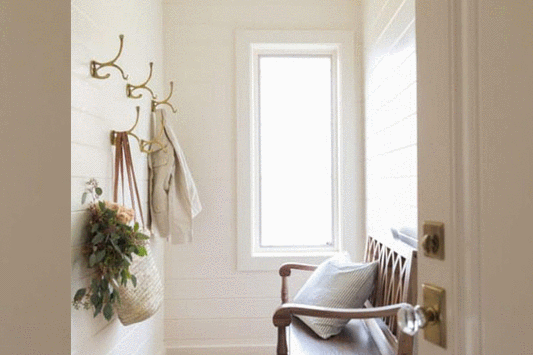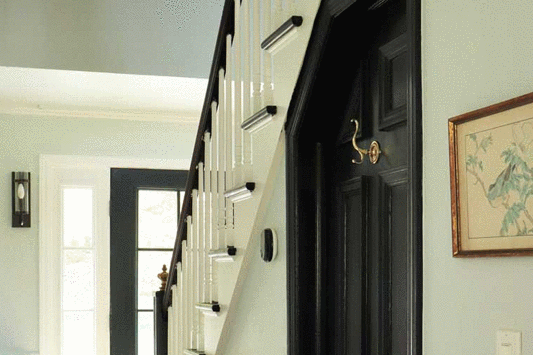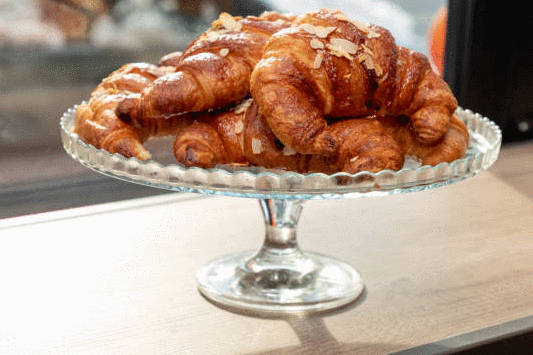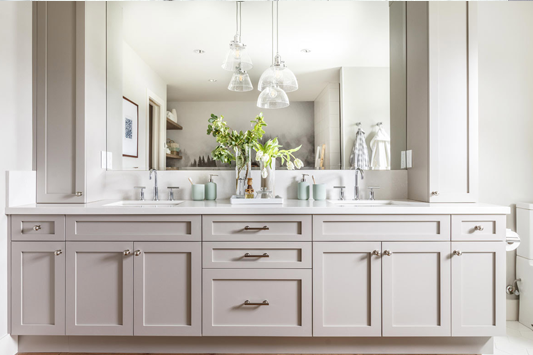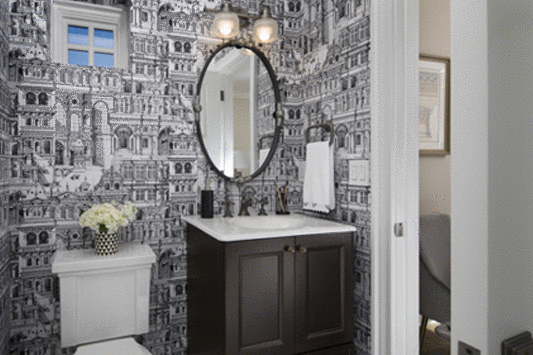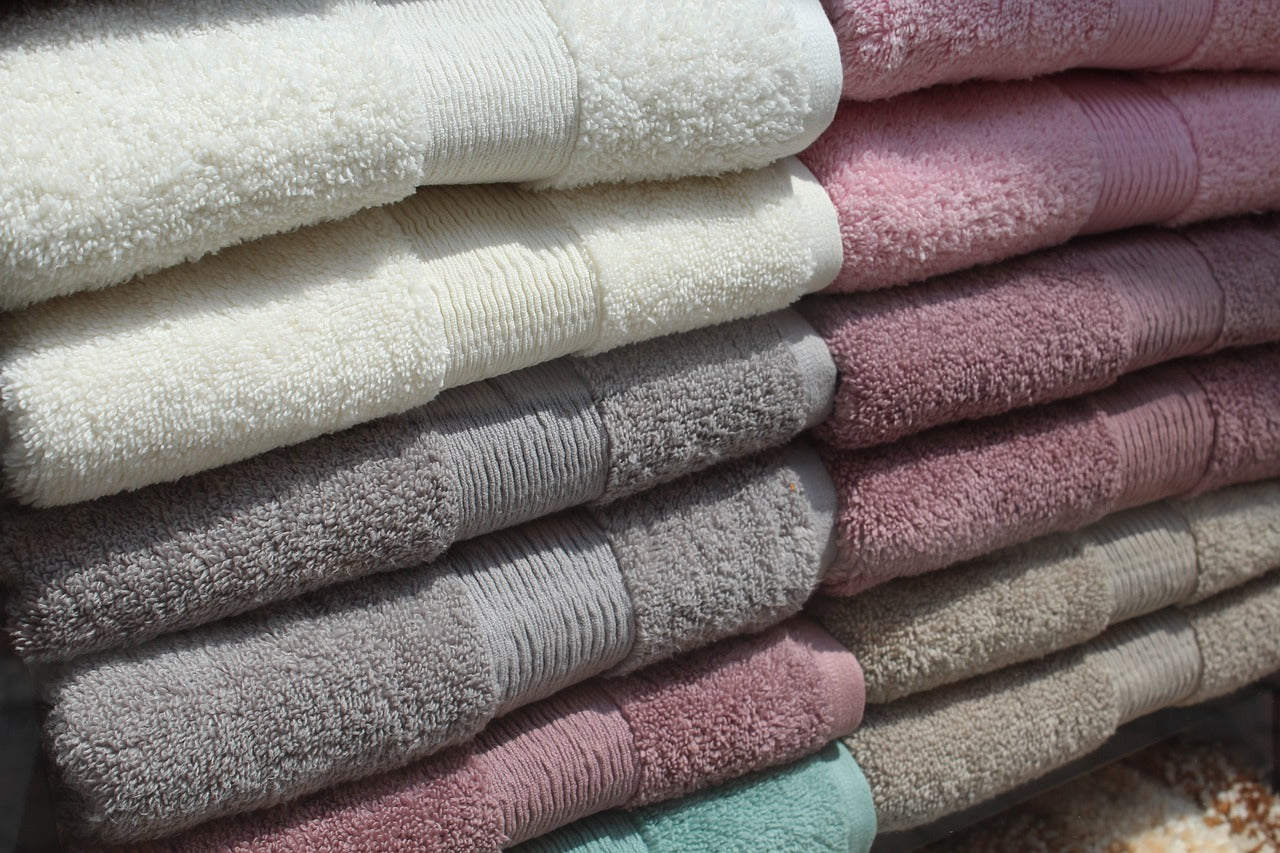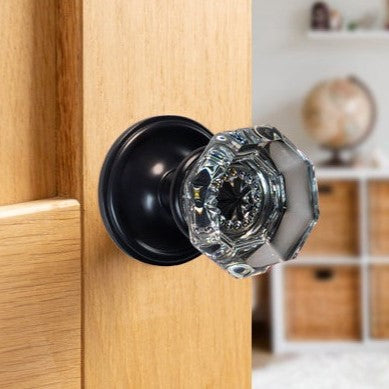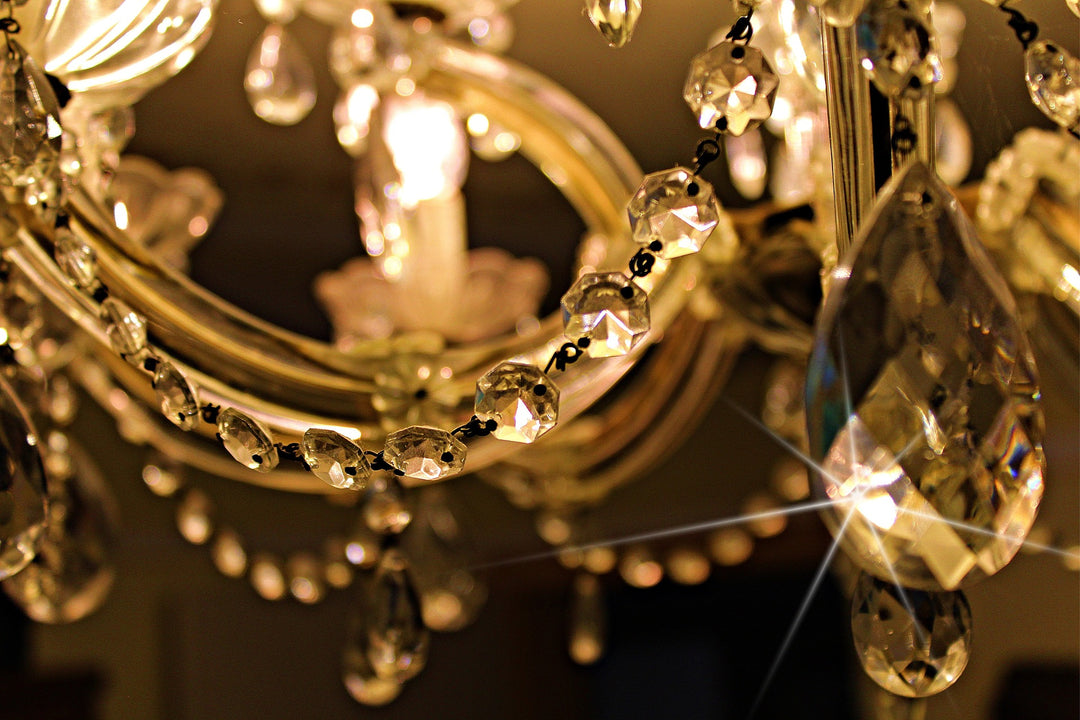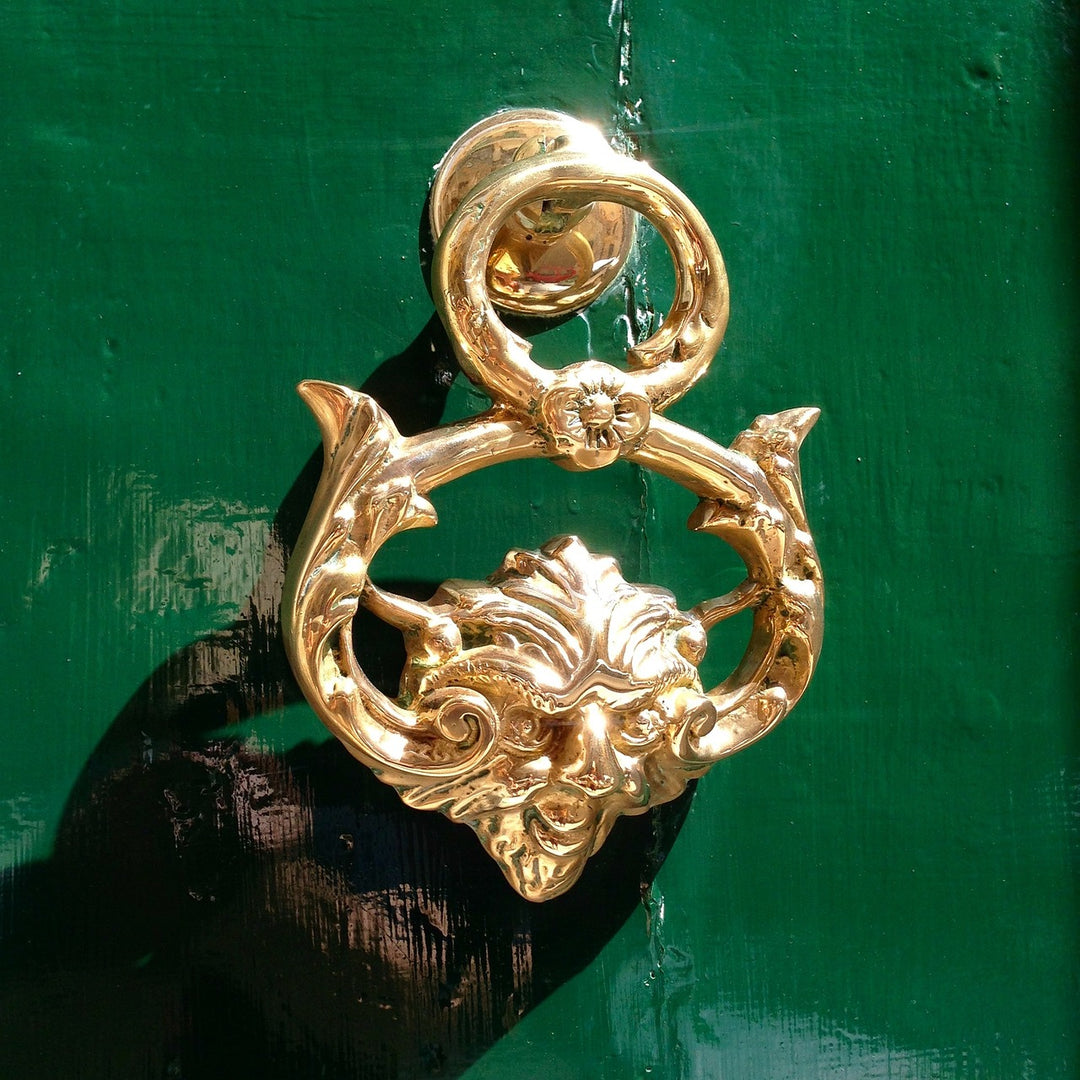Hepplewhite Furniture Hardware
The furniture of Hepplewhite is known for its elegant and refined designs, which have lasted through the centuries. George Hepplewhite, the designer who founded the furniture house in the late 18th century, had a unique approach to furniture making that incorporated both form and function, and he employed a variety of techniques and materials to create some of the most complex and beautiful pieces of furniture of his time. One of the most important aspects of Hepplewhite furniture is its hardware, which is often intricately designed and made of high-quality materials. This article will explore the furniture hardware of Hepplewhite, including the different types of hardware he used, how they were made, and their significance in the world of furniture making.

Types of Hardware Used by Hepplewhite:
Hepplewhite made use of a variety of different hardware types depending on the specific needs of each piece of furniture. Some of the most common hardware pieces he used include the following:
- Drawer Pulls – Hepplewhite’s drawer pulls were typically made of brass and were designed to match the shape and style of the surrounding woodwork. They were often quite elaborate and could be shaped like flowers, leaves, or other decorative elements.
- Escutcheons – These are the plates that are used to protect the keyhole in a lock. Hepplewhite’s escutcheons were typically made of brass, and they too were often quite decorative in nature.
- Hinges – Hepplewhite made use of a variety of hinges, including both butt hinges and H hinges. These hinges were typically made of brass or iron, and were designed to be both strong and visually appealing.
- Locks – Hepplewhite used locks to secure the various compartments and drawers in his furniture. These locks were typically made of brass or iron and were often quite complex in their design.
- Knobs – Hepplewhite’s knobs were typically made of brass or wood, and were designed to match the overall style of the piece of furniture in question.

Methods of Making Hardware:
Hepplewhite used a variety of methods to create his hardware, depending on the complexity of the piece in question. Many of his simpler pieces of hardware, such as his drawer pulls and escutcheons, were created using casting techniques. For more complex pieces, such as his locks, Hepplewhite often employed a combination of casting and machine fabrication. Casting involves pouring molten metal into a mold and allowing it to cool and solidify. This process can be used to create a wide variety of shapes and designs, but it is most often used for simpler designs. Machine fabrication involves using a lathe or mill to carve intricate shapes and designs out of a block of metal.
In addition to these techniques, Hepplewhite also made use of a variety of hand-forging techniques to create some of his more complex hardware pieces. For example, he might use chisels and hammers to carve intricate designs into a piece of metal or use a hammer and anvil to bend and shape the metal into the desired shape.

Significance of Hardware in Hepplewhite Furniture:
The hardware used in Hepplewhite furniture is an essential part of the overall design and serves both functional and decorative purposes. On the functional side, the hardware is used to secure drawers and doors and to provide a smooth, easy-to-use opening and closing mechanism. On the decorative side, the hardware adds a beautiful and intricate embellishment to the furniture, enhancing its overall aesthetic appeal. Additionally, the hardware used in Hepplewhite furniture often reflects the latest trends and styles of the time, providing a window into the prevailing design aesthetic of the late 18th century. For example, the use of brass and intricate designs was very fashionable at the time, and Hepplewhite embraced this style fully in his hardware designs.

The furniture of Hepplewhite is renowned for its beauty and elegance, and the hardware used in his furniture is a significant part of its appeal. Hepplewhite employed a variety of methods and materials to create his hardware, ranging from casting and machine fabrication to hand-forging. The result is a collection of beautiful and functional hardware that enhances the overall aesthetic appeal of his furniture while also providing a smooth and easy-to-use opening and closing mechanism. The significance of this hardware cannot be overstated, as it provides a window into the prevailing design aesthetic of the late 18th century and serves as a testament to the enduring beauty and sophistication of Hepplewhite’s designs.



